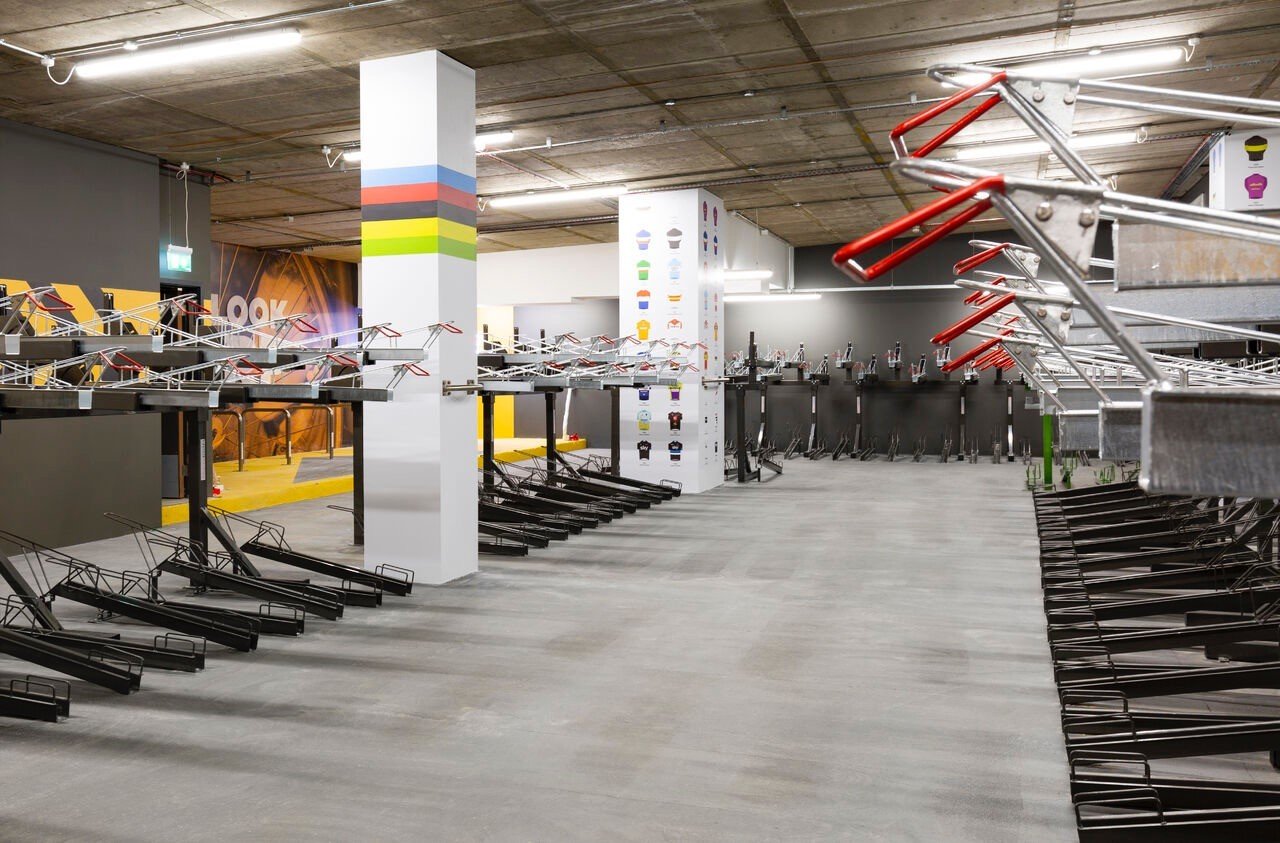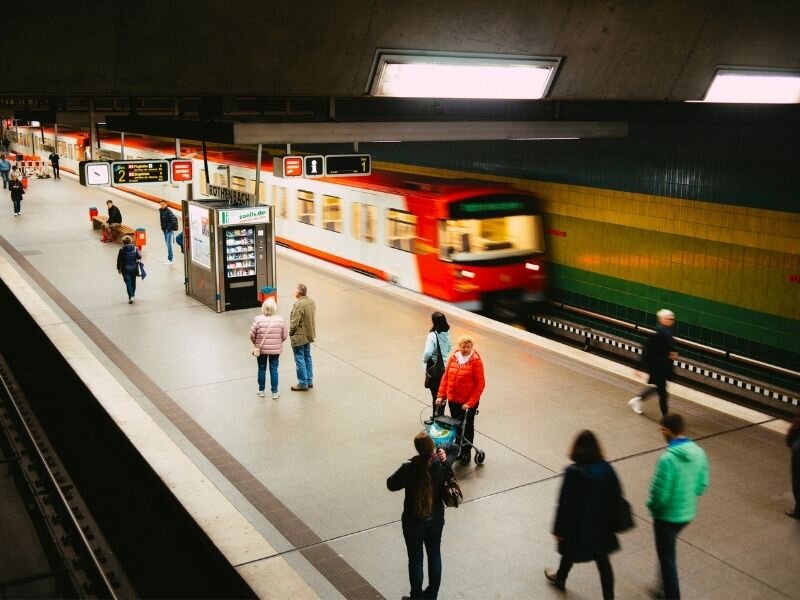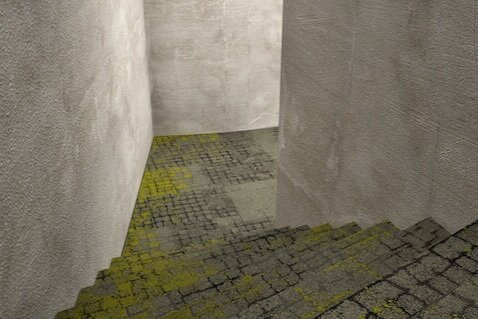Active design - definition and perspective
The concept of ‘active design’ comes up a lot in contemporary debate around how to design interiors, buildings and communities that prioritise human health and wellbeing, and therefore - how to get healthy by active design.
Active design strategies exist to aid a healthy lifestyle and can include dedicated bicycle pathways, bike sharing schemes, and micro-parks designed to reduce air pollution levels.
Here is a short introduction to this innovative new approach that combines elements of fitness, design and architecture in one.
Active design definition and why do we need it?
Unless you have been living under a duvet for the last decade you’ll have heard mention of the lifestyle disease epidemic affecting the western world.
Physical inactivity, poor diet and smoking are one side of the coin while obesity, Type 2 diabetes and chronic heart disease the other.
Together they are putting unprecedented pressure on state healthcare systems that are already close to buckling with limited resources.
As governments have sought for ways to improve the situation, active design has become a rallying cry for health conscious city planners, architects and interior designers aiming to prevent ‘rather’ than ‘cure’.
Active design definition
As a set of building and planning principles, active design exists to aid healthy lifestyle - the principles of active design exist to promote physical activity, by immersing them into everyday activities.
Healthy placemaking through active building design
Examples of creating a healthy community or healthy city include dedicated bicycle pathways and bike sharing schemes to reduce car use and lower pollution levels while encouraging physical activity.
The difference between passive and active design can be clearly seen in strategic use of landscaping that helps create attractive walkways that encourage walking and interaction outdoors - New York’s now legendary Highline being one obvious example, unlike passive design that is mainly focused on building orientation in a way that takes advantage of the climate the most.
Active design building encourages physical activity
One of the significant benefits of active designs is that it encourages physical activity.
Stairwell prompts in office and residential buildings can make the difference between using an elevator 20 times per day to go from ground to first floor vs burning an additional 200 total calories taking the stairs.
Something as simple as a notice adjacent to a stairwell entrance can be enough to encourage greater stair use, such prompts need to be easily visible and graphically engaging.
Incorporating showers, changing rooms, lockers and bike racks in office buildings for workers also encourages cycling to work as well as lunchtime jogs or workouts.
Nature contact thanks to active building design
Active building design mainly refers to public landscaping, city centre micro-parks designed to reduce air pollution levels and other opportunities to connect with nature in an urban environment have all been shown to help reduce anxiety, promote a sense of vitality and restore nature-connectedness for improved mental wellbeing even in relatively short periods of time.
A series of micro-parks in London UK were designed to offer small doses of nature in a densely urban context surrounded by office high-rises, but also to encourage active sustainable design in natural surroundings.
How did we get here?
In the last half-century, the nature of work has fundamentally shifted. No longer are the majority of people toiling in fields, or doing manual labour in factories, the new normal is to be in an office all day, at a desk, in front of a screen, with or without a natural light source nearby.
From a meta history perspective, this is a long way from an evolutionary correct norm that our bodies were built for. ‘Active design’ is a way to incorporate activity prompts and hacks into the built environment as a way to combat the risk of endless hours of sitting.
Active design & ‘the sitting problem
A ‘nature knows best’ health philosophy gives a clear set of guidelines when addressing lifestyle issues such as whether sitting is truly the new smoking, as the media have dubbed it.
Here we combine evolution-based thinking with active design principles to explore the topic of 21st century sedentary living.
Less physical activity at work
Physical activity, once so intimately connected with our daily lives going all the way back to hunter gatherer times, is no longer a fundamental part of work for many of us, let alone home life, which is something the rise of active design is about to change.
One recent study shows that this equates to a reduction in calorie consumption of around 100 calories / day in the US and can therefore be linked to a ‘significant portion’ of the increase in mean body mass across the US population in the past 50 years. In other words, the US population is getting more obese because it spends less time moving.
Physical inactivity at home
The dominance of televisions and computers during free time at home is another contributing factor to the total amount of time the average person spends sitting down, not expending any energy each day.
Overall this equates to a massive problem of physical inactivity in both junior and adult populations in the western world and that, put simply, is bad news for obesity levels, diabetes and heart disease.
Lower back pain in office workers
Prolonged periods of sitting have a direct impact on hip mobility while also being a major cause of lower back pain, which is why active design perspective has introduced sit- stand desks in offices, to help with the pain. Even sitting for shorter stretches of time is an improvement, which is where ‘active design’ tactics that encourage small movement snacks during the day can provide a solution.
Sit-stand desks in healthy offices - products of active design
Sit-stand desks are the real example of what active design perspective can do for your health, especially in the workplace. Products such as the Human Scale desk converter help encourage a combination of sitting and standing at work, giving the desk owner the option to adjust desk height at will throughout the day.
Most people will find the afternoons tiring after a full morning on their feet, so a mobility ball under the desk can help, as can the option to move elsewhere in the office to change position for a while. It is all about mixing things up according to the type of work taking place.
A Cochrane review of existing research showed that the main benefit of investing in one of these desks, or an extension for an existing desk, is to reduce the total amount of time an office worker spends sitting down during their work day as well as to reduce the number of sitting bouts over 30 minutes in duration.
Our own anecdotal evidence of using them for the past six years or so is that they make a massive difference for lower back pain sufferers, quite literally removing the issue from the equation for as long as one can stay off the chair. Mix that with a program of core strength and mobility exercises and it is a winning formula. We’ve tried it, changed our habits and will never go back!
Lifestyle exercise at work - more active design applications
Lifestyle exercise is also part of active design perspective, and it encourages office workers to integrate short periods of low to moderate activity into their day, the idea being to cumulatively piece together a meaningful amount of movement through a combination of trips to the water cooler, up and down stairs, for a walk around the block, and so on over the course of the day. Think of the often quoted “10,000 steps” concept.
Signage prompts in office active design
Simple signage prompts are a seemingly obvious yet remarkably effective way of encouraging office workers to stay active, use the stairs and say no to the elevator, assuming a reasonable number of floors are required!
We hope that by learning more active design, you’ll manage to garner a clearer insight and wish to incorporate it into your lifestyle or your workplace. Active design concepts have numerous positive effects not just on your body, but your overall health, not to mention the productivity and focus felt positive effects.
To Conclude
Active Design Strategies to Promote Physical Activity and Wellness
In today's sedentary world, active design has become increasingly relevant in promoting physical activity and healthy lifestyles.
Active design strategies aim to integrate fitness and wellness into the built environment, including buildings, interiors, and communities.
By incorporating active design principles such as bike paths, stair prompts, and sit-stand desks, designers and architects can encourage physical activity and combat the risk of lifestyle diseases such as obesity, Type 2 diabetes, and chronic heart disease.
By promoting more active and healthier lifestyles, active design is an essential step towards improving public health and well-being.
The Importance of Active Design in All Design Projects
Active design is not limited to fitness and wellness-oriented projects, but should be considered in all design projects. It's important for designers and architects to recognize the impact that the built environment has on human health and well-being.
Incorporating active decoration and design principles such as natural light, ventilation, and access to green spaces can improve mental and physical health, productivity, and overall well-being.
As we continue to face challenges with sedentary lifestyles and lifestyle diseases, active design is a vital aspect of modern design practices, and should be a fundamental consideration in all projects.
If you would like to know more about how we can help you design a healthier, more active office, contact us via email on design @biofilico.com.











